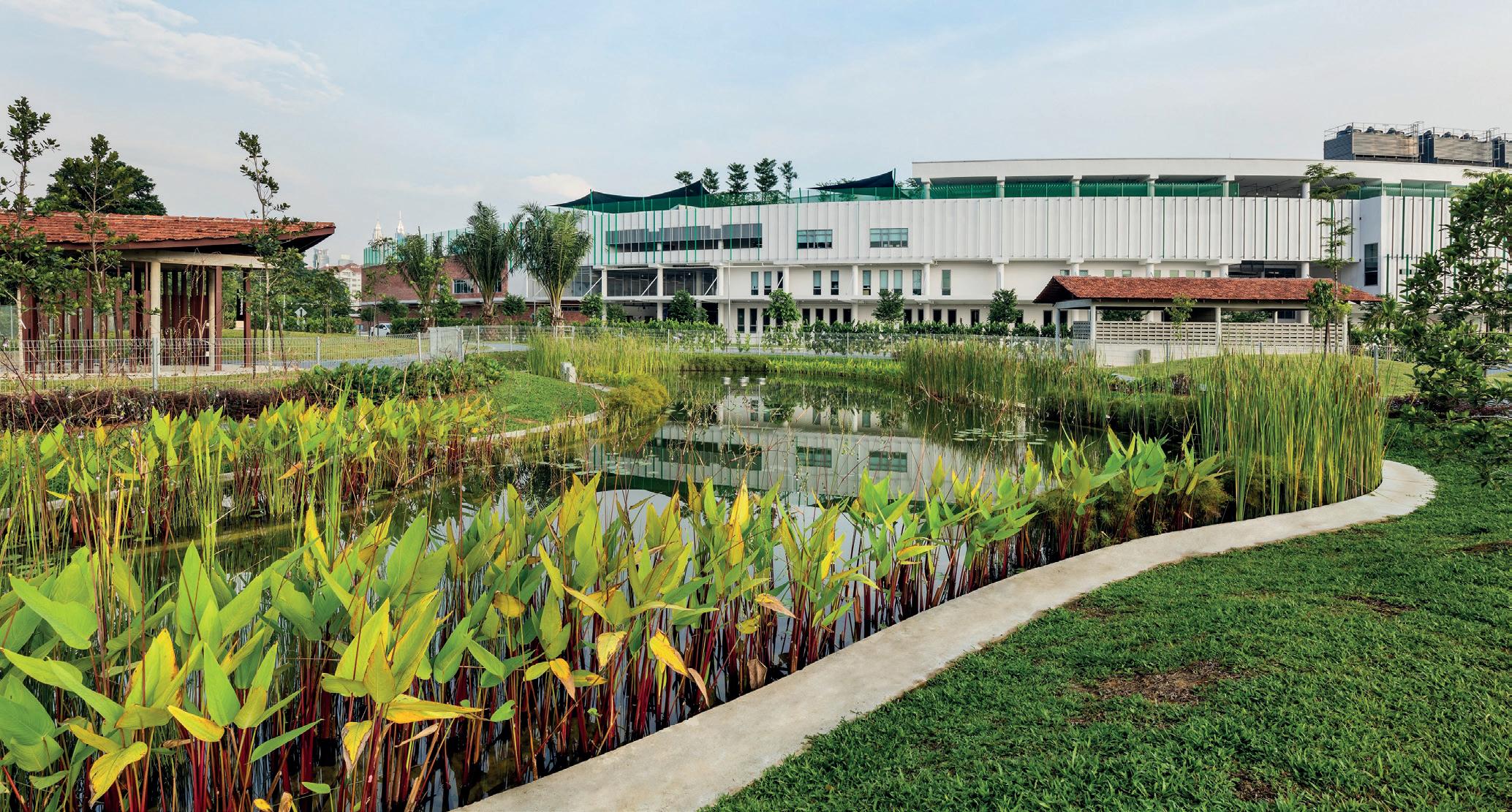Science matters
Illustration of the virus causing COVID-19.
Changing the world as we know it? Richard Harwood looks at the science behind the COVID-19 outbreak
The structure of the virus showing the envelope with its glycoprotein ‘spikes’ and the RNA genome The illustration above, created at the Centers for Disease Control and Prevention (CDC) in the USA, reveals the structure of coronaviruses. Note the glycoprotein spikes on
52
the outer surface of the virus, which give the look of a crown surrounding the virus when viewed electron microscopically – hence the name. A new coronavirus, named Severe Acute Respiratory Syndrome coronavirus 2 (SARS-CoV-2), has been identified as the cause of the current outbreak of respiratory illness first detected in Wuhan, China in 2019. The illness caused by this virus has been named coronavirus disease 2019 (COVID-19). The characteristic ‘spikes’ are the means by which the virus attaches to the cells of our lung cavities, and also the target of those researchers aiming to develop a vaccine against the virus. There have been several examples of previous coronavirus outbreaks in the past, the SARS epidemic of 2003 and the MERS (Middle East Respiratory Syndrome) outbreak of 2013 being examples. All have involved viruses that transferred across species to humans. Where did the virus causing the current pandemic originate? How did it get to a food market in Wuhan, China, from where it is thought to have spilled over into humans? The answers to these questions are gradually being pieced together. A recently released study of the viral genetic sequence carried out by infectious disease expert Kristian G Andersen and colleagues at the Scripps Research Institute in La Jolla, California rules out the possibility that it could have been manufactured in a lab or otherwise engineered. Conspiracy theories do not stand up to scrutiny. It seems likely that the original animal reservoir for the virus was bats. The results from Andersen’s team, and those of Chinese studies, show that the sequence of SARS-CoV-2 is similar to other coronaviruses that infect bats. Since other bat coronaviruses have crossed over to humans Summer |
Winter
Cities in lockdown, the streets deserted, and all but nonessential shops closed, COVID-19 has already changed the way we live. There are some positive changes which can be enjoyed for a time – the levels of air pollution are falling. A dramatic reduction in noise from planes in the skies above, and traffic going by, means that we can hear birds singing. Though how long can we continue in this way? These feel like ominous and certainly unprecedented times.
| 2020





























